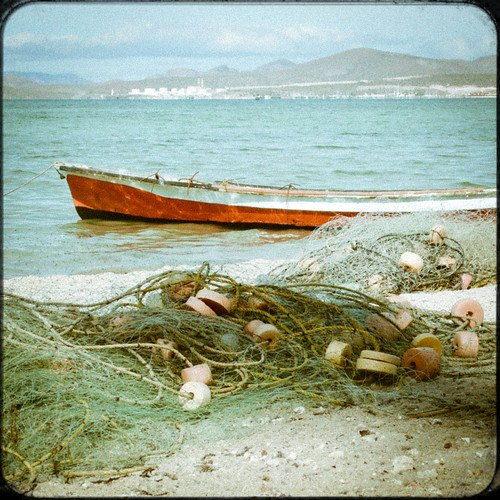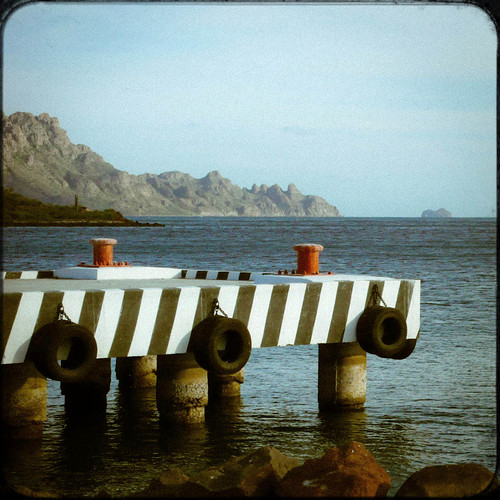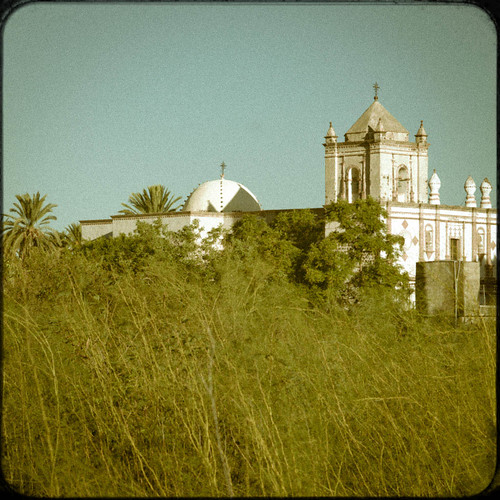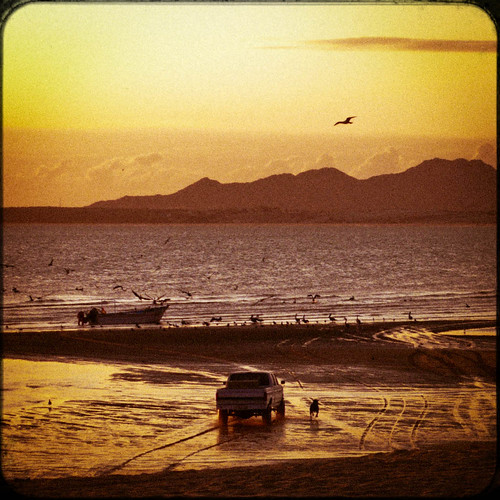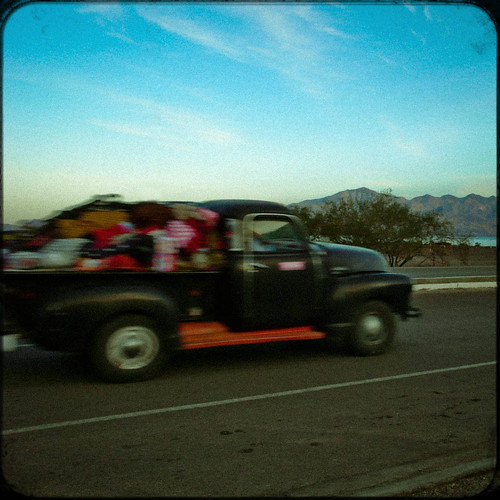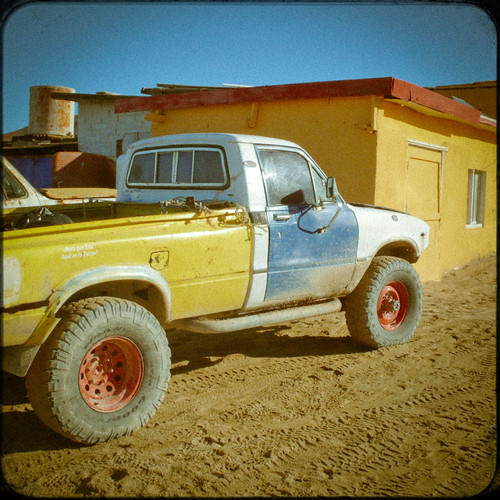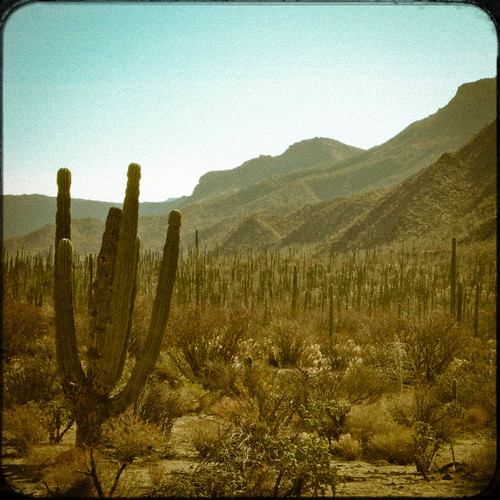Plenty going on lately, time for an update!
On the road and through the cornfields to Ontario...
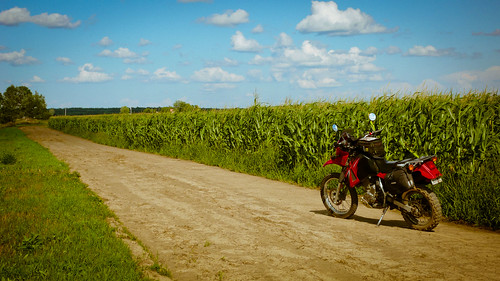
A few weeks back, I went to a great presentation by Rene Cromier at BMW Moto Internationale in Montreal.
Rene took a five-year, 41-country, 154 000km (95 000 mile) trip, all the way around the world. The amazing stories are endless and he had much practical advice for everybody considering a similar voyage.
What I admire most is how he's taken his experience and turned it into a career that works for him.
Between book tours and leading adventure motorcycle trips in Africa he's able to live life on his own terms.
His book The University of Gravel Roads is a great read, with plenty of photos and thoughts on the way we and others live. It certainly deserves a spot on your motorcycle bookshelf among Jupiter's Travels
is a great read, with plenty of photos and thoughts on the way we and others live. It certainly deserves a spot on your motorcycle bookshelf among Jupiter's Travels and Lois on the Loose
and Lois on the Loose .
.
Rene, holding his breath in the South-Atlantic

The front fender of Rene's BMW F650. It was decorated in Pakistan, with layers of reflective vinyl material, cut freehand with a razor.
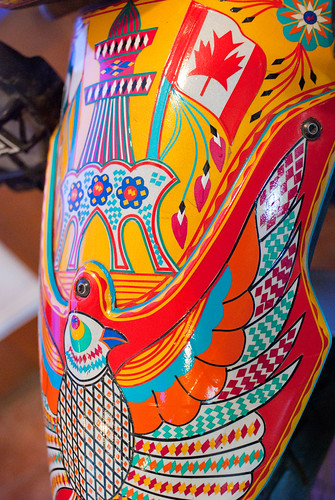
My next project is a collaboration with a colleague of mine, we'll be shooting a short documentary video in September. I can't give away the plot, but it will revolve around a couple of particularly well-heeled motorcycle riders we know.
I've been absolutely devouring information about shooting and editing video. It's learning from the ground up about video formats and frame rates and codecs, and all that nonsense, but really it's just taking the audio production I already know and combining it with my photo editing skills. I know exactly what I want to do, I just have to learn how the cameras and software do it!
It's a real soup-from-a-stone production - we're borrowing nearly all the equipment required.
Panasonic DVX100A - Great camera, but only shoots in standard definition
There's a lot of the same skills used in photography and video, but the big difference seems to be that video needs a story, or a change, or something to move it along.
A photograph can stand on it's own as an interesting image. Photography is pure image-making - the composition of, shape, line, texture, colour.
You could make a compelling photo of a motorcycle tire, but a video of a motorcycle tire?
There's so much more you'd need to add to make it worth watching.
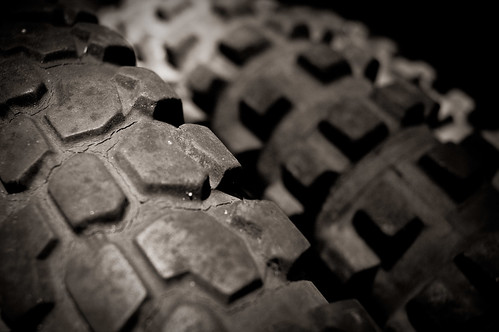
Lately, we've seen so much beautiful footage with SLR cameras that shoot video. The images are gorgeous, but often the videos are devoid of story.
After the ohh, ahhh, has worn off there's nothing there. An empty shell.
The short documentary we're working on is going to be very much character driven. The subjects are lively and interesting people. There's already a thousand stories there, the challenge will be choosing what to focus on. It will be a compelling story first and visually interesting on top of that story.
Here's a clip of the footage we shot to test the equipment. Still some technical kinks to be ironed-out but it was enough to convince us that we can do a great job on the real shoot.
I'll keep you all posted on the progress!
On the road and through the cornfields to Ontario...

A few weeks back, I went to a great presentation by Rene Cromier at BMW Moto Internationale in Montreal.
Rene took a five-year, 41-country, 154 000km (95 000 mile) trip, all the way around the world. The amazing stories are endless and he had much practical advice for everybody considering a similar voyage.
What I admire most is how he's taken his experience and turned it into a career that works for him.
Between book tours and leading adventure motorcycle trips in Africa he's able to live life on his own terms.
His book The University of Gravel Roads
Rene, holding his breath in the South-Atlantic

The front fender of Rene's BMW F650. It was decorated in Pakistan, with layers of reflective vinyl material, cut freehand with a razor.

My next project is a collaboration with a colleague of mine, we'll be shooting a short documentary video in September. I can't give away the plot, but it will revolve around a couple of particularly well-heeled motorcycle riders we know.
I've been absolutely devouring information about shooting and editing video. It's learning from the ground up about video formats and frame rates and codecs, and all that nonsense, but really it's just taking the audio production I already know and combining it with my photo editing skills. I know exactly what I want to do, I just have to learn how the cameras and software do it!
It's a real soup-from-a-stone production - we're borrowing nearly all the equipment required.
We've got an old Panasonic DVX100A video camera for action shots and audio recording, an Sennheiser md421 microphone to record interviews, A brand new Nikon D7000 to shoot gorgeous HD video, and as many GoPro helmet cameras as we can get our hands on. And it will all be put together with an obsolete copy of Final Cut Pro on a G5 Mac that I got for free from an office.
I sure do enjoy the challenge of making something from nothing, but money for food, gas and video tape will have to come from somewhere...Panasonic DVX100A - Great camera, but only shoots in standard definition
There's a lot of the same skills used in photography and video, but the big difference seems to be that video needs a story, or a change, or something to move it along.
A photograph can stand on it's own as an interesting image. Photography is pure image-making - the composition of, shape, line, texture, colour.
You could make a compelling photo of a motorcycle tire, but a video of a motorcycle tire?
There's so much more you'd need to add to make it worth watching.

Lately, we've seen so much beautiful footage with SLR cameras that shoot video. The images are gorgeous, but often the videos are devoid of story.
After the ohh, ahhh, has worn off there's nothing there. An empty shell.
The short documentary we're working on is going to be very much character driven. The subjects are lively and interesting people. There's already a thousand stories there, the challenge will be choosing what to focus on. It will be a compelling story first and visually interesting on top of that story.
Here's a clip of the footage we shot to test the equipment. Still some technical kinks to be ironed-out but it was enough to convince us that we can do a great job on the real shoot.
I'll keep you all posted on the progress!



